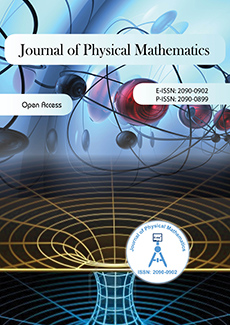Abstract
The wavelet envisioned by Huygen’s in diffraction phenomenon is re-interpreted as being polarized after passing through slit/hole which removed the electric field component from the Electromagnetic Radiation (EM-R), the remained wave consist of the Circular Magnetic Field (CMF), this CMF lost the speed of light and the electric field, hence it’s a short distance travel field, originated from the CMF produced by accelerated electrons, integrated with the Electric Field (EF) during the Flip-Flop (F-F) mechanism producing EM-R; hence the passing of light through a single hole/slit resulted in a CMF which reproduced as rings on the monitor screen in single wave diffraction, while the interference of two such CMF in double slits experiment, produced constructive or destructive interference forming patches on the monitor screen; and the perceived electron diffraction is an enter of two CMF from a single electron into a slit then emerged to produce constructive or destructive interference, in addition to the electron which entered and emerged from the slit with the stronger CMF, the paper finally derived the origin of Planck ‘constant (h) for the second time; the logical interpretation of double slits diffraction will restore the common sense in the physical world, distorted by the pilot wave.
Citation
M.E. Yousif. "The Double Slit Experiment-Explained." J. Phys. Math. 7 (2) 1 - 10, 2016. https://doi.org/10.4172/2090-0902.1000179
Information




